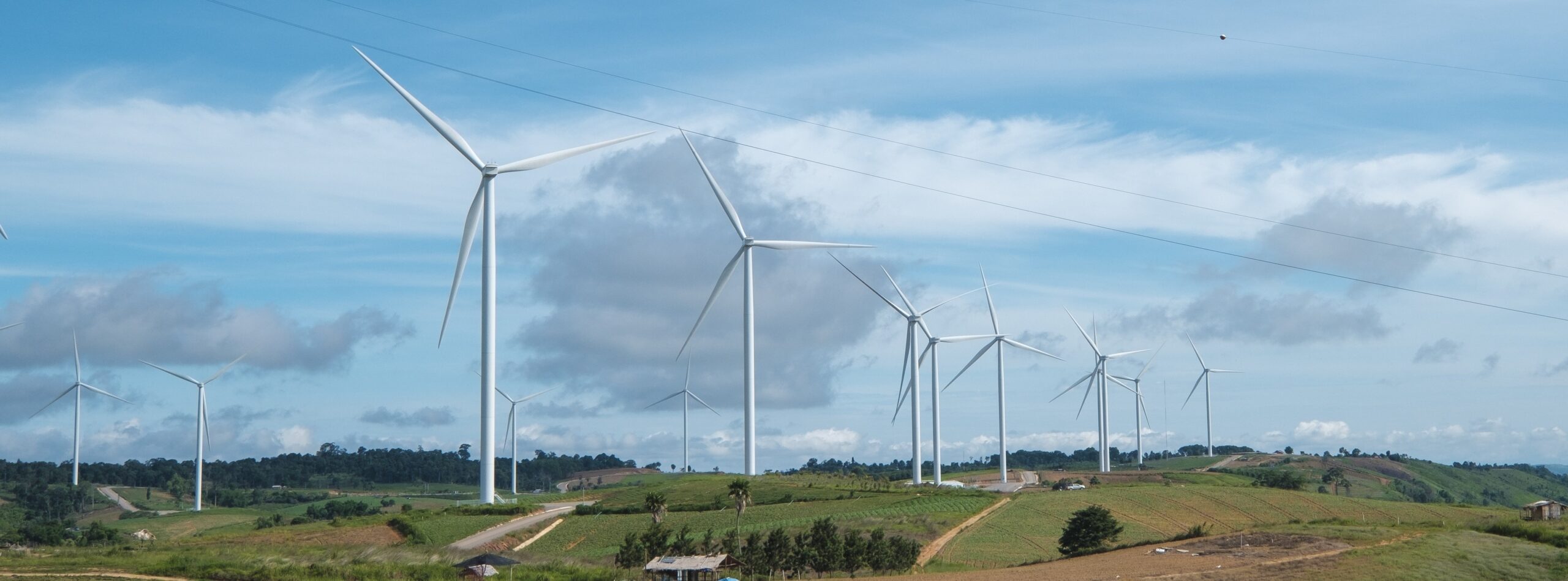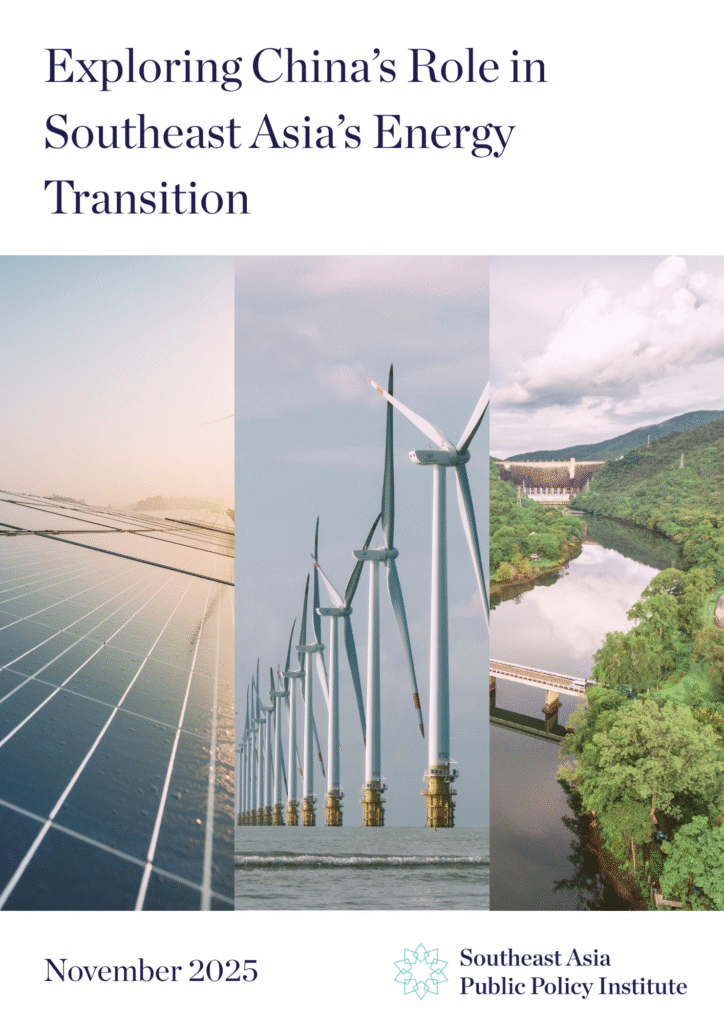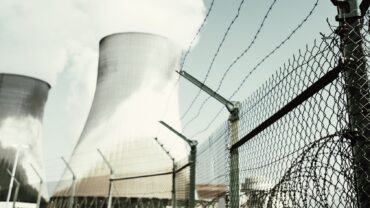Exploring China’s Role in Southeast Asia’s Energy Transition

Exploring China’s Role in Southeast Asia’s Energy Transition examines how China has become a central actor in shaping Southeast Asia’s shift towards cleaner and more sustainable energy systems. The report outlines the key drivers behind China’s expanding role and its varied approaches to engagement across ASEAN member states. It includes case studies from six countries—Cambodia, Lao PDR, Malaysia, Indonesia, Thailand, and Vietnam—each demonstrating different strategies in their cooperation with China. The report also highlights the opportunities and challenges that arise from this evolving relationship, and offers recommendations for Southeast Asian governments and ASEAN to strengthen collective bargaining power, diversify partnerships, and build a more sustainable and regionally integrated clean-energy future.
Download the full report here.
Key Takeaways
- Southeast Asia has become a key target for China’s engagement in the energy transition, particularly under its South–South cooperation framework.
- China employs different investment and partnership models across countries, each resulting in varying degrees of involvement and influence.
- China’s participation offers Southeast Asian countries a comprehensive package of support combining finance, technology, and knowledge sharing to accelerate their clean energy transition.
- However, heavy reliance on China poses dependency risks, including potential debt traps and concentration within supply chains.
- Southeast Asian countries must adopt a balanced approach, strengthening cooperation with China while mitigating associated risks.
Executive Summary
Energy demand in Southeast Asia continues to rise rapidly. However, under the region’s collective commitment to meet climate goals, attention has increasingly shifted from fossil fuels to clean energy sources. While countries across the region are striving to advance their energy transitions, a persistent challenge remains: financing. Limited funding has created a significant gap that has allowed China to emerge as a key supporter of energy transition efforts across many Southeast Asian economies.
Domestically, China has made strong progress in addressing carbon emissions through policies such as the “1+N” framework. Building on this foundation, China has extended its focus beyond its borders, positioning itself as a leading advocate for global climate action. The Belt and Road Initiative (BRI) has become a core strategy for deepening China’s engagement in energy development abroad, particularly following its rebranding as the “Green BRI.” Within this framework, Southeast Asia has been identified as a key region, viewed as a group of “countries with a shared future” under China’s South–South cooperation vision.
China is now one of the largest investors in Southeast Asia. While some of its investments remain in energy-intensive or high-emission sectors, the global emphasis on green growth has prompted China to decarbonise its manufacturing processes, indirectly fostering greener investments. At the same time, China has also made substantial direct investments in renewable energy projects through several distinct models: Majority Chinese-Funded Model, EPC Contractor Model, and Direct Investment Model.
These models reflect China’s multifaceted approach to strengthening its influence in the region’s energy landscape through shared vision, financial support, technology transfer, and institutional partnerships. As a result, China’s role in Southeast Asia’s energy transition has become increasingly significant.
Nevertheless, the scale and nature of China’s engagement differ across countries. Lower-income economies such as Laos and Cambodia rely heavily on Chinese funding for hydropower and grid infrastructure, giving China substantial influence over their energy systems. In Indonesia and Vietnam, China’s involvement is also extensive but more sector-specific—centred on nickel mining and EV manufacturing in Indonesia, and wind and solar projects in Vietnam. By contrast, Malaysia and Thailand have adopted a more cautious approach: while welcoming Chinese investment, they maintain diversified partnerships and rely less on China as a primary financier. Malaysia’s engagement focuses on high-value industrial investment, while Thailand collaborates with multiple international partners to ensure balance.
The differing levels of engagement reflect both opportunities and risks associated with China’s expanding presence. On one hand, Chinese investment brings critical finance, technology, and knowledge that help countries meet rising energy demand while progressing toward their climate targets. It also facilitates cross-border energy integration through shared technical standards. On the other hand, growing dependence on Chinese finance and technology raises concerns about “debt traps,” supply-chain concentration, and potential risks to national sovereignty. Moreover, questions over governance, transparency, and environmental and social safeguards persist in several projects.
While China’s engagement undeniably benefits Southeast Asia’s energy transition, the key challenge for regional policymakers is to strike a balance—leveraging partnership opportunities while mitigating risks. To achieve this, ASEAN countries should consider the following actions:
- Strengthen ASEAN Unity and Negotiating Power: Collective regional action can enhance bargaining leverage, promote shared priorities, and enable more balanced cooperation with external partners.
- Balance Energy Sovereignty with Regional Security: Treat energy sovereignty as a regional concept rather than a purely national one, while diversifying suppliers and developing safeguard mechanisms.
- Diversify International Finance and Partnerships: Expand funding sources, adopt blended financing models, and use regional cooperation to attract greater trust from global donors.
- Insist on Transparency, Governance, and Standards: Uphold strong governance frameworks and environmental and social safeguards, ideally harmonised at the ASEAN level.
- Enhance Local Capacity and Supply Chains: Build domestic industries, strengthen technical expertise, and develop resilient regional clean-energy supply chains.
In short, China has become indispensable to Southeast Asia’s energy transition. However, the region’s long-term resilience depends on how well it balances cooperation with diversification, leveraging China’s strengths while safeguarding transparency, sustainability, and regional autonomy.
About the Southeast Asia Public Policy Institute
The Southeast Asia Public Policy Institute is a research institute based in Bangkok and Singapore, working across the region. The Institute’s mission is to support the development of solutions to the most pressing public policy challenges facing Southeast Asia in the 21st century. The Institute works on a range of issues across sustainability, technology, public health, trade, and governance. It convenes dialogues with stakeholders and decision makers to drive discussion on the challenges and opportunities facing markets in the region. The Institute draws on a network of in-market researchers, advisors, and partners to provide insights and recommendations for governments, policymakers, and businesses. The Institute collaborates with partners on projects to explore and drive discussion on policy challenges through:
- Research and policy development – in-depth research providing insights and actionable policy solutions aimed at policymakers looking to move the needle on key issues.
- Policy dialogues and roundtables – to present policy ideas and start a dialogue with the most relevant stakeholders holding the pen on policy development in markets across the region. The Institute is founded on the premise that direct connection and candid, informed dialogue is crucial for both policymakers and business


